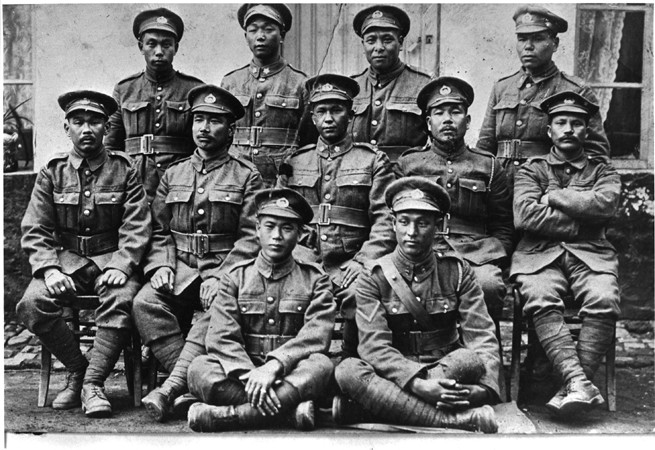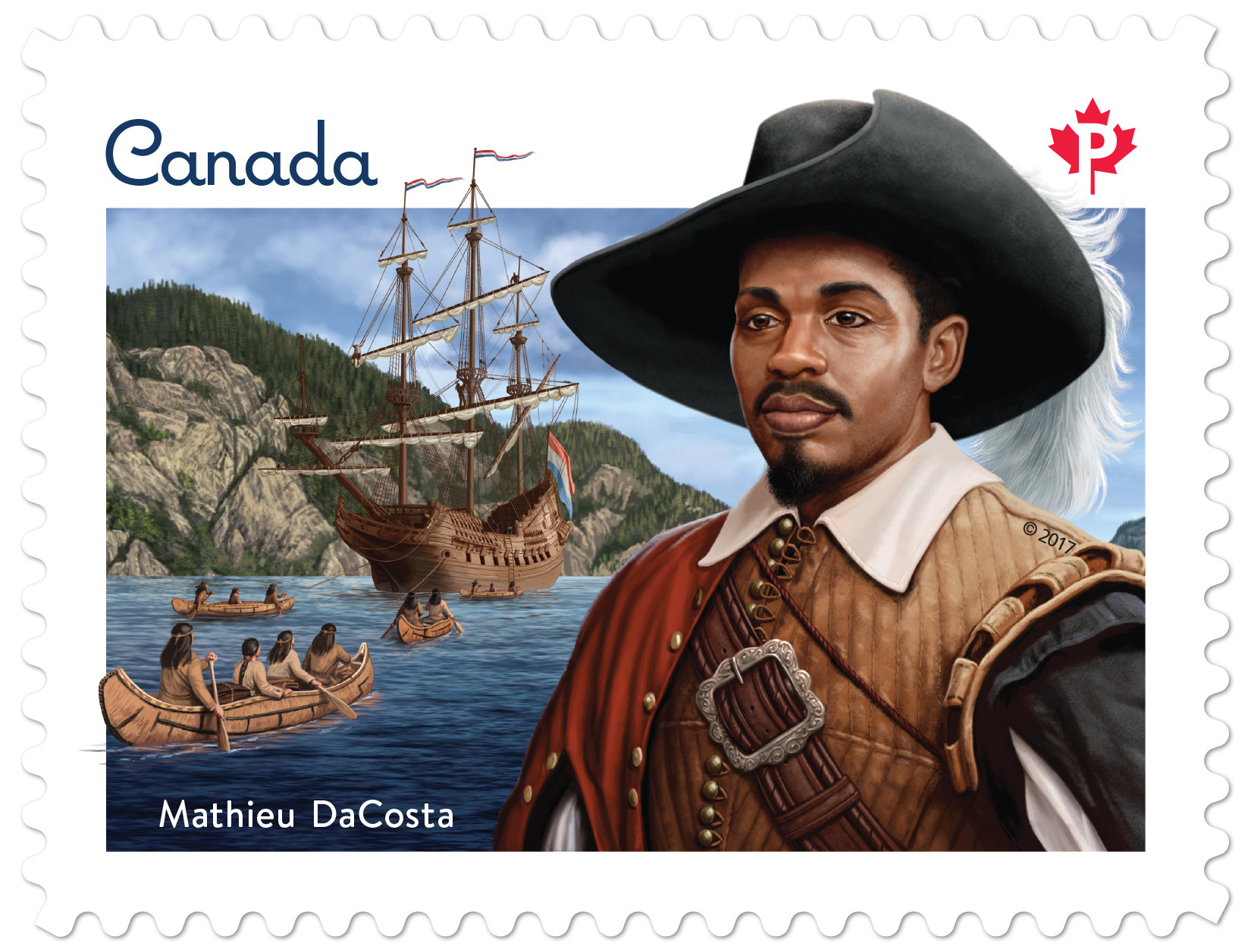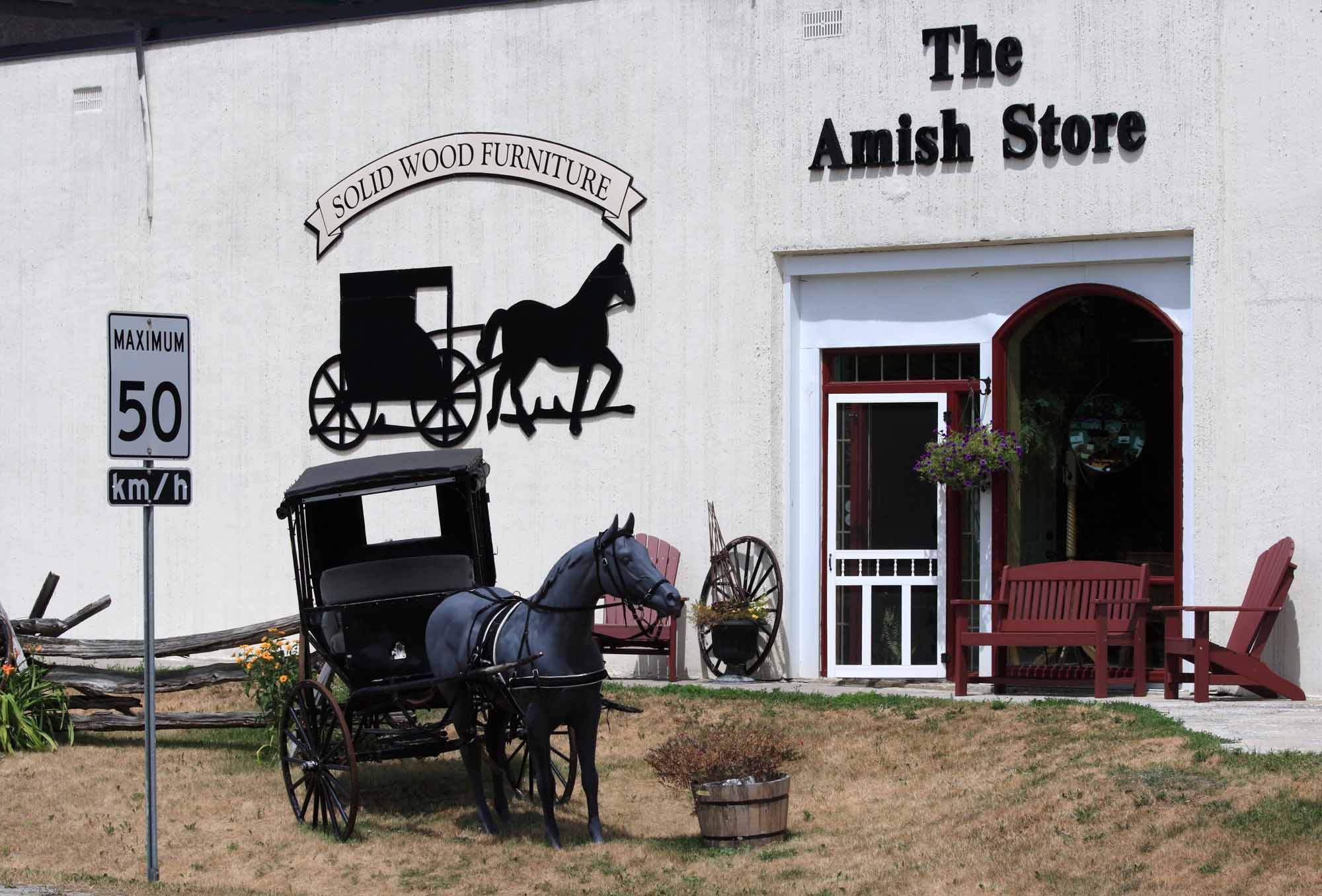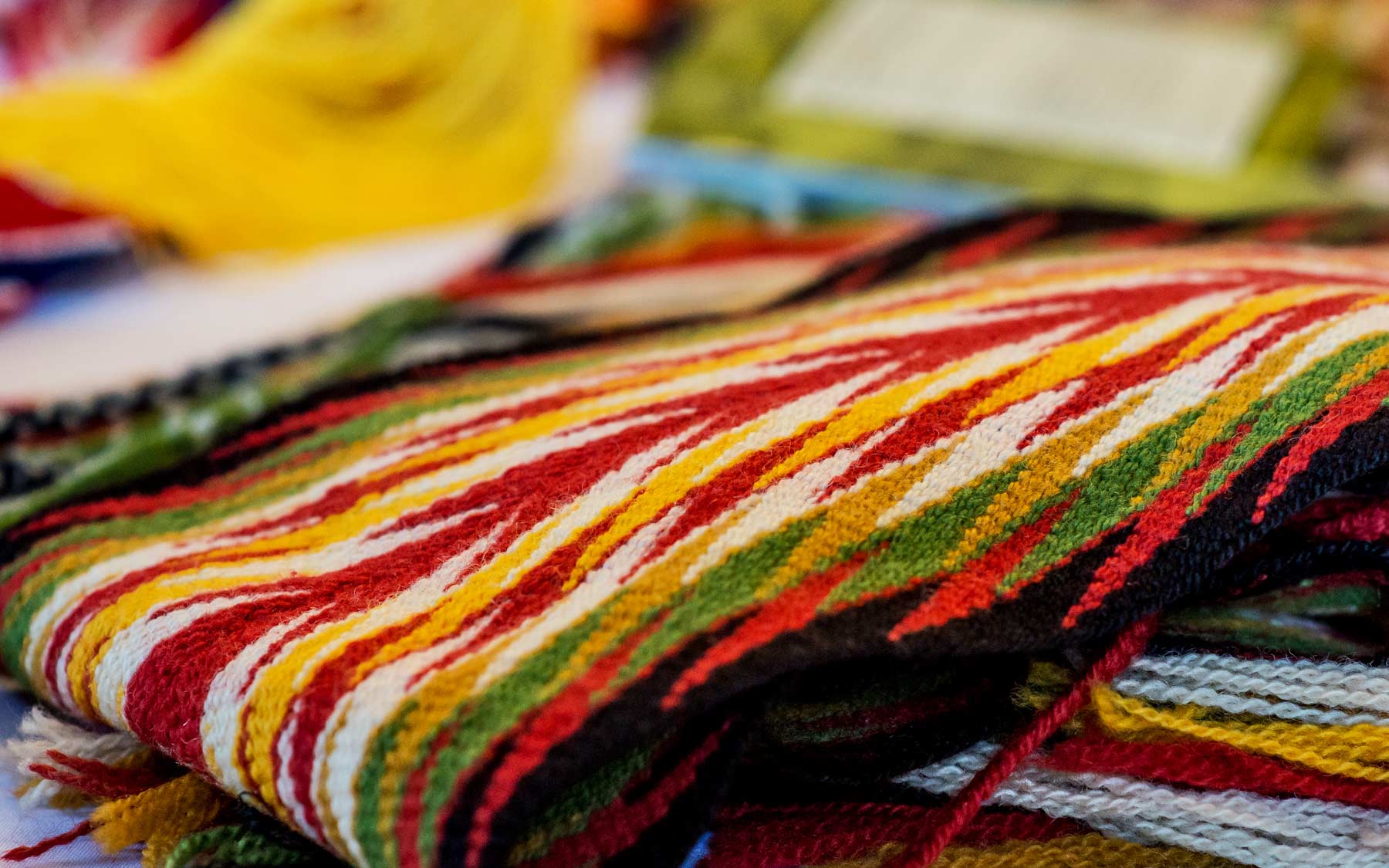Article
Mary Two-Axe Earley
Mary Two-Axe Earley, Kanien’kehá:ka (Mohawk) elder, advocate for women and children, human rights activist (born 4 October 1911 on the Kahnawà:ke reserve, QC; died 21 August 1996 in the same place). Mary Two-Axe Earley was a pioneer and architect of the Canadian women’s movement. Her political activism helped to forge a coalition of allies to challenge Canadian laws that discriminated against Indigenous women. The great bulk of her political advocacy spanned the last three decades of her life, and she was particularly active in the 1960s, 1970s and 1980s.













